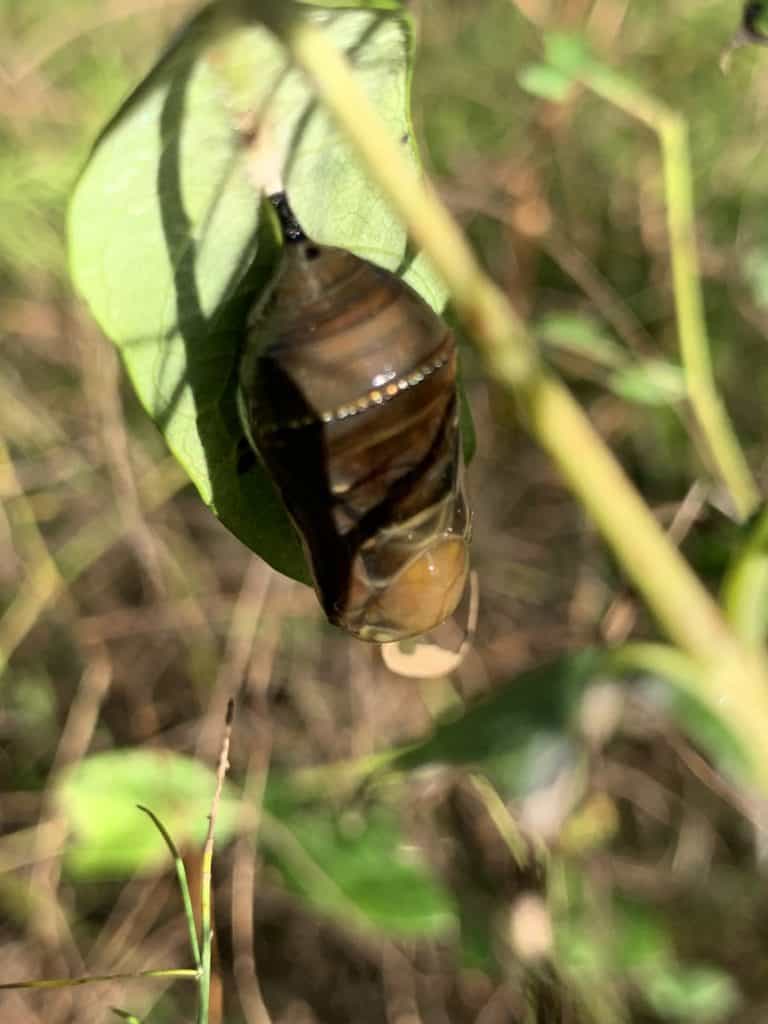Gardening for Health

Create a Butterfly Oasis
By Maria Price
Now is the time to start a butterfly garden. Butterflies flourish near the end of summer. Sadly, after more than 40 years of gardening, I’ve seen a steep decline in our winged jewels. Insecticides, herbicides, and loss of habitat have all contributed to the decline of butterflies. We can all help by planting butterfly gardens.
There are some basic principles for attracting butterflies. Choose a sunny location both for the butterfly and the plants. Butterflies need the sun to keep their bodies warm so they can fly. Only when their body temperature is about 85 to 100 degrees Fahrenheit can they fly well. When the air temperature is cooler they bask in the sun to warm themselves. That is why you won’t see many butterflies flying around on cloudy days.
The types of plants they need are also important. Butterflies need larval food plants to lay their eggs. Then as they become adults, they need nectar plants to feed on. Warm habitats enable them to develop more rapidly, occasionally up to 50 percent faster.
If you want more butterflies, you have to provide larval plant food. Many larval plants are wildflowers, weeds and grasses that belong in a more informal setting.
The female butterfly will lay her eggs on the leaves, usually the underside of specific plants. Monarchs, who are endangered, need to have milkweed plants to lay their eggs. So by planting larval food plants, you will attract egg-laying females to your garden. Favorite milkweeds are butterfly weed (Asclepias tuberosa), common milkweed (Asclepias syriaca) and swamp milkweed (Asclepias incarnata). Butterfly weed requires a sunny dry spot in well-drained soil. The last two require wetter soil.
It’s good to plant a variety of nectar plants of all sizes for the mature butterflies to feed on from the early season to late fall. Small butterflies prefer low-growing plants.
The top 10 nectar plants recommended by authors Donald and Lillian Stokes in their Butterfly Book are black-eyed Susans, Joe Pye weed, liatris, coreopsis, pentas, asters, butterfly weed, lantana, echinacea and butterfly bush.
Many butterflies lay their eggs on native plants, which is why it’s so important to include them in your garden. The clouded sulfur butterfly lays her eggs on native legumes, like Canada milk vetch and white indigo (Baptisia lacteal).
Plan your garden now for next year. You can even plant your perennials, shrubs and trees now. Annuals to keep in mind are ageratum, marigolds, petunias and zinnias. Perennials include forget-me-nots, bee balm, lavender, phlox, yarrow and sneezeweed. Wildflowers include dandelions, Queen Anne’s lace and mountain mint.
Do your part to help keep butterflies active and thriving.
